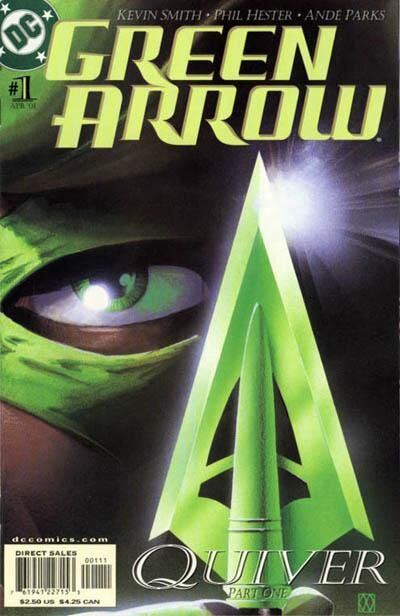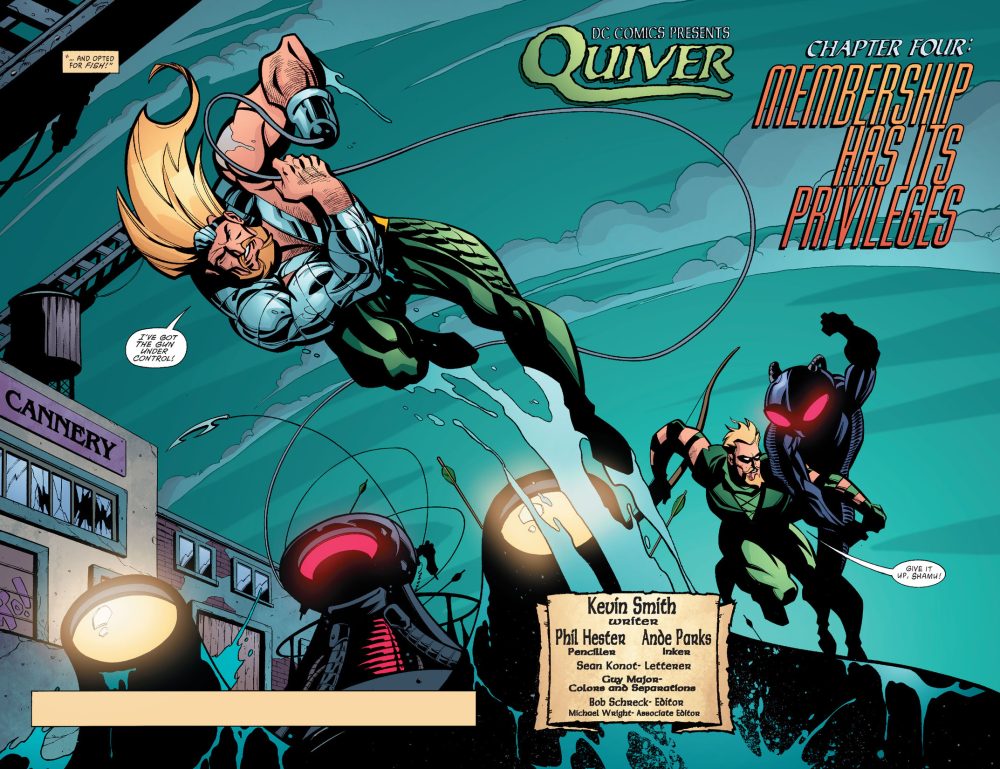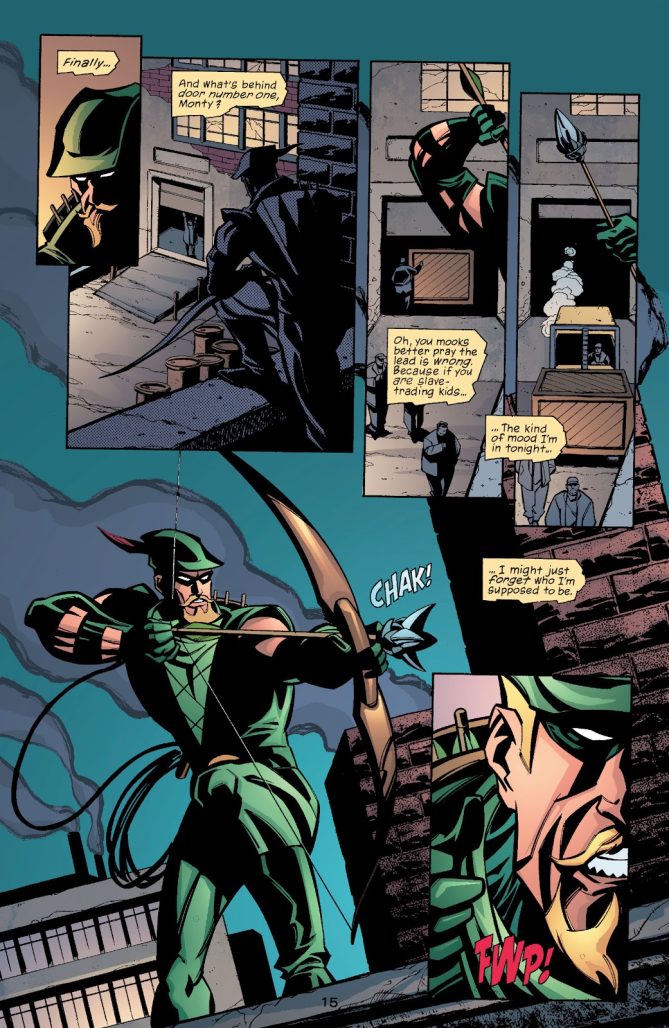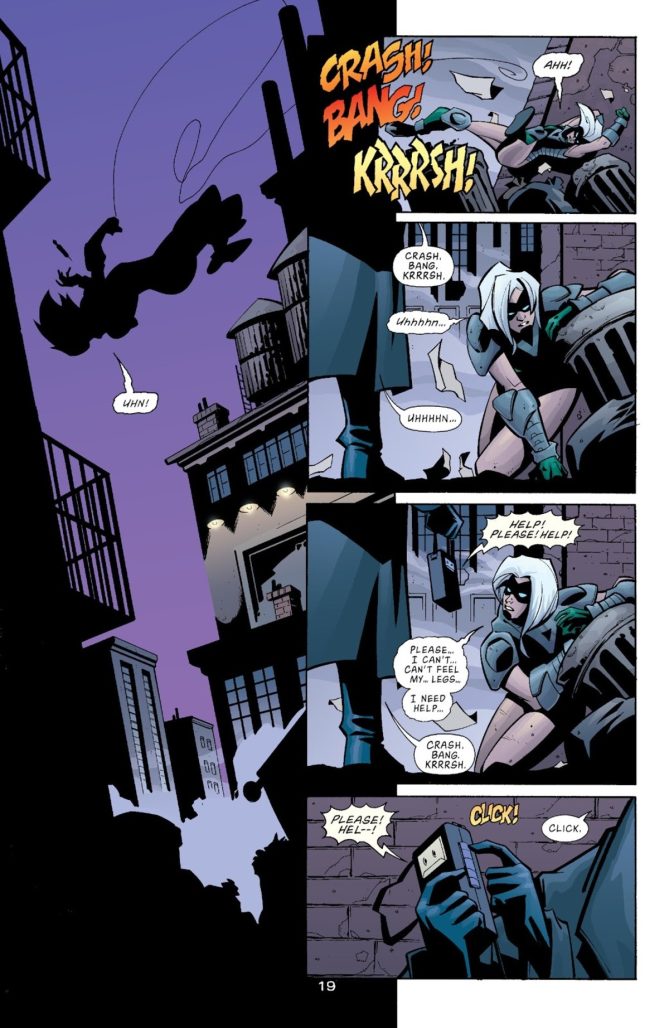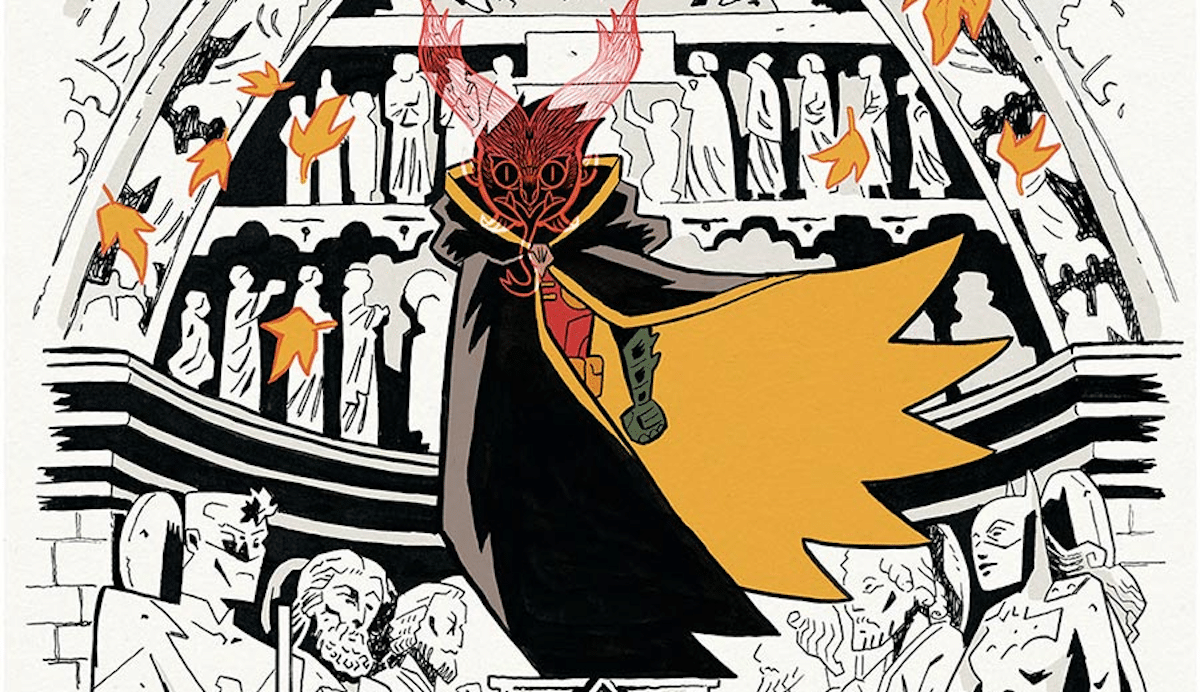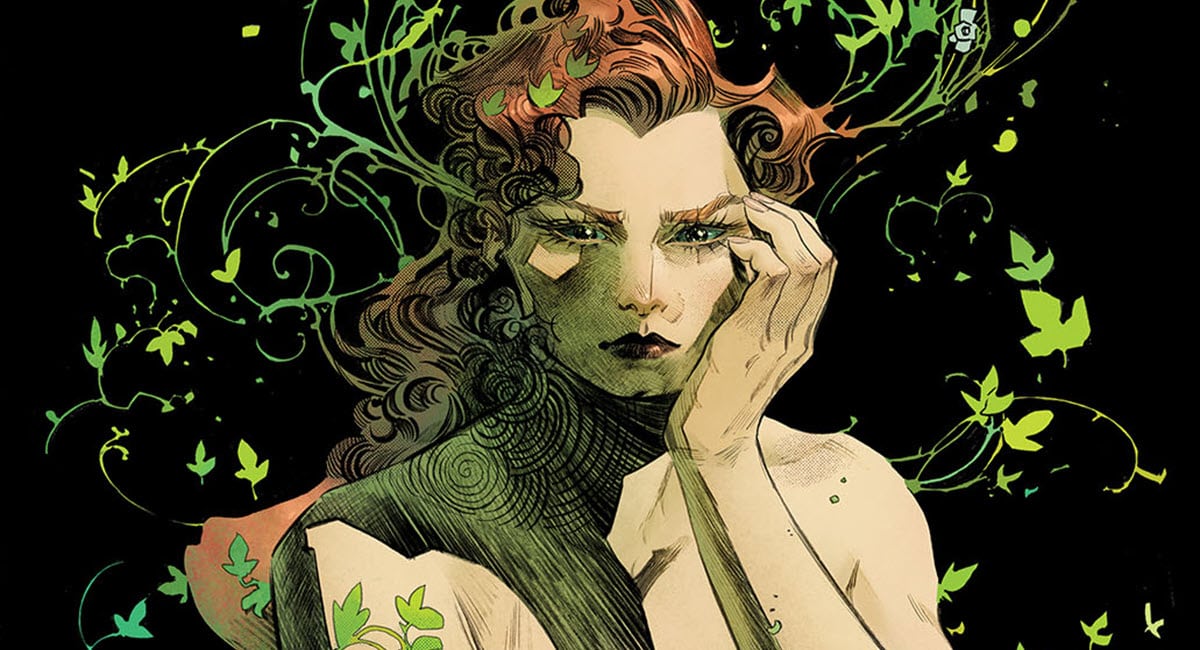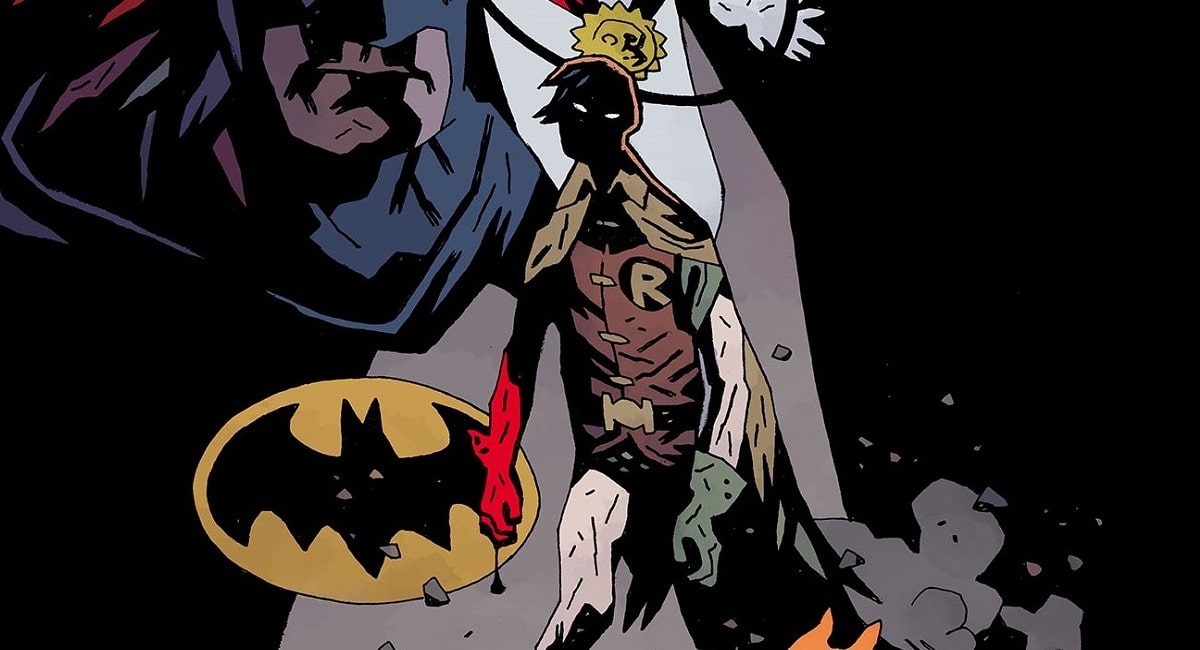The Beat’s Gregory Paul Silber has been accused of having a bit of an… obsessive personality. Each week in Silber Linings, he takes a humorous look at the weirdest, funniest, and most obscure bits of comics and pop culture that he can’t get out of his head.
Silber Linings is one year old! Well, technically it’s a year and a few weeks old, as the first installment of my weekly humor column was published on January 23rd, 2021 (read that first if you haven’t).
On the actual week of the anniversary, I was preoccupied with protesting a Tennessee school district’s unconscionable Maus ban, and then last week I was too busy with other work-related stuff.
Mostly, though… look, I’ll be real with you. Months ago, I promised Comics Beat managing editor Joe Grunenwald that since my first Silber Linings essay was about my love of the obscure comic book villain Onomatopoeia, and my complicated relationship with the character’s co-creator, Kevin Smith, I’d celebrate the first Silber Linings anniversary by finally reading Smith’s Green Arrow run in which Onomatopoeia first appears. And I’d been procrastinating. For one, ever since the pandemic began, my concentration has been shot, and I now struggle to read for long periods of time. It’s an actual problem.
But also, as I said in that first Silber Linings essay, Smith’s “comic book output has been almost uniformly horrible.” When it’s hard enough for me these days to work up the motivation to read stuff I’m sure I’ll like (it’s weird that I own a comic where Batman hangs with dinosaurs and haven’t read it yet), reading a comic that I suspect I’ll dislike is even more of a chore than it normally would be… even for the sake of a funny bit.
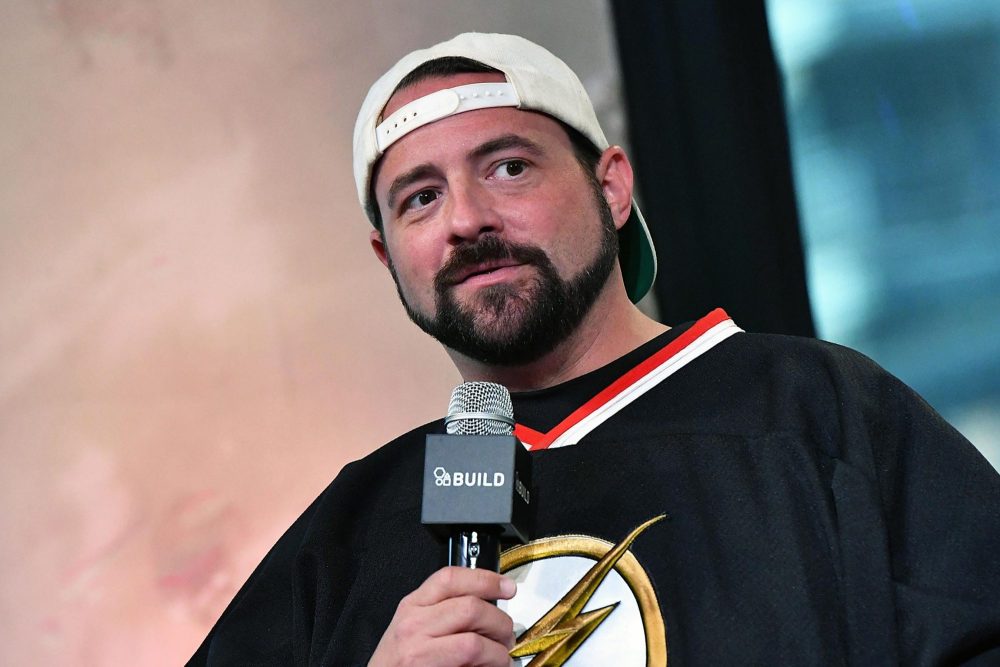
Anyway, I’ve now read all 15 issues of Smith and penciler Phil Hester‘s 2001-2002 Green Arrow run, with inks by Ande Parks, colors by James Sinclair, and letters by Sean Konot. I can’t say it was worth the effort.
To be fair, while the run – which kicks off with the 10-issue “Quiver” arc before wrapping up with the brief “Sounds of Silence” – definitely isn’t what I’d call a good comic, it’s probably the best Smith-written comic I’ve read. Hester is largely to thank for that, whose whimsical style and clear-cut visual storytelling tempers Smith’s tendency to fluctuate from dunderheaded edginess to eye-roll-inducing pretentiousness. But to Smith’s credit, his GA doesn’t suffer from nearly as much overwriting as his earlier Daredevil run, nor is it as mean-spirited as something like Batman: Cacophony.
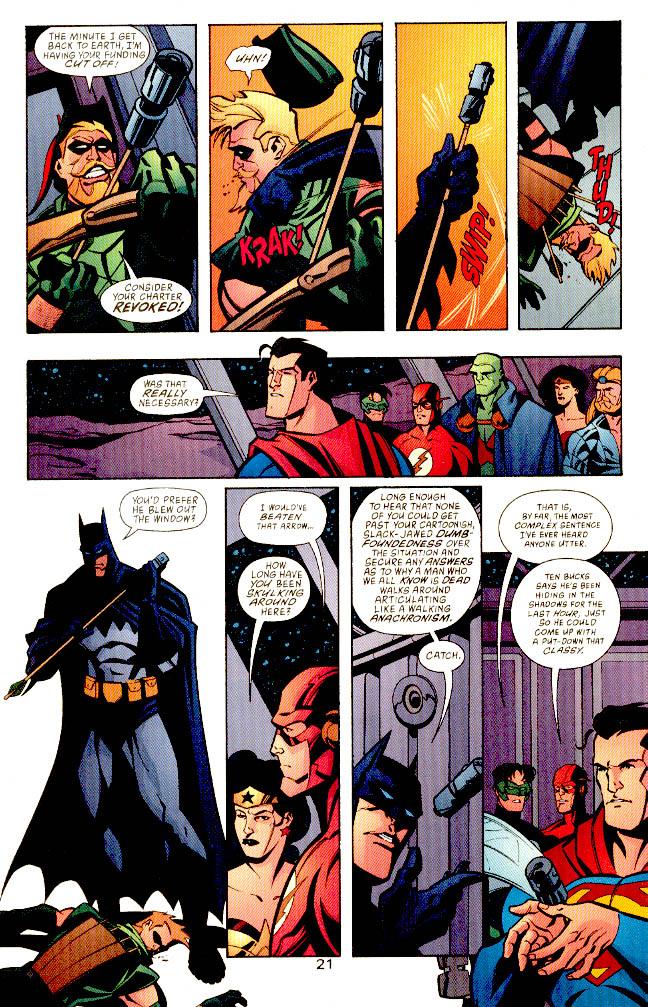
But man, it’s still so… Kevin Smith. Over the course of 15 issues, I counted at least four cunnilingus jokes. There’s nothing inherently wrong with it (despite what DC corporate may say, heroes do “do that”), and the innuendo is vague enough that it would go over the heads of most kids too young to know about that stuff anyway, but it’s weird that it happens so many times in a mainline DC Comic. “I think I should pay a visit to Sherwood, m’lady,” Oliver Queen says during his reunion sex sequence with perennial love interest Black Canary. It’s nice to know Dinah isn’t sleeping with a selfish lover, but Kevin… please stop.
There was also a little pushback when we did the Green Arrow/Black Canary oral sex scenes in my run with @philhester and @andeparks 20 years ago. But my point to @DCComics editorial was “Oliver Queen just knows how to make the ladies Quiver. Especially when he hits the bullseye.” https://t.co/wXwt93z2kP pic.twitter.com/mXZDTJUg4A
— KevinSmith (@ThatKevinSmith) June 14, 2021
In the grand scheme of things though, those gags are pretty mild compared to the rest of the series, which is also peppered with jokes about drugs, queer people (there are multiple instances of Ollie going out of his way to remind characters/readers that he’s totally not gay, and apparently you could print the homophobic f-slur unaltered in early 2000s DC Comics), sex workers, et cetera. I’m not a prude, I’m just over that Y2K edgelord bullshit in superhero comics. Maybe in 2001 it was more impressive that Smith could get away with making Green Arrow say “my nipples are all kinda hard,” but now, cracks like that just come off as desperate.
I like Clerks as much as the next guy, so I won’t pretend none of the jokes land (“Stanley, honey – don’t forget we have the sex ritual tonight with the Hendersons”), but the hit-to-miss ratio is quite bad for a writer best known as a comedy filmmaker. The risks he takes with dark humor in particular don’t pay off. “Can I at least ask you why you were examining me in the first place?” Ollie asks Batman on an operating table in the Batcave, following a classic heroes-fight-over-a-misunderstanding with the Justice League. “Where I’m from, a guy punches you and takes your clothes off, he’s either hazing you or dating you!”
What’s even more frustrating is that with the story Smith is telling with Oliver Queen’s reintroduction into the DCU after being “dead” for several years, he could have made Ollie’s crass comments work thematically. I tend to dislike stories about superheroes coming back to life. It’s not that I’m opposed to the genre’s death-and-resurrection trope, as I’ve been reading superhero comics far too long to get mad about it anymore. I just find the stories in which creators have to explain why the fallen hero has returned a bit tedious. Look guys, you killed them off because you needed the sales boost, and you brought them back for the same reason. It’s whatever. I get it. I don’t really care about why the evil wizard or whatever brought them back to life.
But Smith and company do something interesting with “Quiver.” Ollie doesn’t come back as he was right before he died, but as he was “about ten years ago.” The timeline is wobbly, as is necessary for superhero comics, but basically what that means is that Ollie talks, and expresses a similar worldview, as he did when Denny O’Neil was writing him in the 1970s. Since he’s consistently been characterized as a left-wing hero ever since, there’s a lot of thematic potential to exploring what happens when a guy who prides himself on his progressive politics comes back to life after missing years of progress.
As a lefty myself, I’ve watched with frustration as a certain kind of liberal can sometimes appear less interested in growing and learning as they get older, feeling so satisfied with however radical they felt however many years ago that they no longer feel they have to do any more work on themselves. Smith characterizes Green Arrow as someone who’s still fundamentally radical, but out-of-touch. I realize I’m saying this over 20 years later, when cultural attitudes about a number of issues, including queerness, drugs, and sex work, have already changed quite a bit. But it really would have been nice if Smith did more to explore how Ollie might have to rethink some of his politics, beyond just poking fun at him being suspicious of cell phones.
Then there’s the whole subplot revolving around the introduction of Mia Dearden, the teenage runaway and underage sex worker whom Ollie helps rescue from an abusive pimp. Look, unfortunately human trafficking is a very real problem, and with Mia eventually becoming the new Speedy, GA’s sidekick, I think it’s great that there’s a superhero for people who have escaped from that kind of abuse to identify with. But the execution here still feels a bit icky, like Smith once again flexing how dark and twisted he can make this DC superhero comic about a colorful Robin Hood type.
Honestly though, I feel a bit silly thinking this hard about a Green Arrow comic written by Kevin Smith two decades ago. A lot of smart people whose opinions I trust told me they liked it, but I won’t fault anyone for having good memories of a comic that hasn’t aged well, especially when most of them were probably kids at the time anyway.
And besides, I have’t even talked about the entire reason I read this run in the first place: Onomatopoeia. Granted, I felt a bit cheated that one of my favorite obscure supervillains didn’t show up until the 12th issue of a 15 issue run. I was also kind of hoping that since these were his first appearances, Smith and Hester might actually explain what his whole deal is. But nope, he just shoots and stabs a bunch and says sound effects aloud. We never get even an inkling of an idea about what motivates him to kill all those people, or why he’s targeting Green Arrow and his associates specifically.
Honestly, though? I kind of love that. Especially for a writer like Smith, who’s often guilty of writing in such a way that suggests he thinks he’s smarter than he actually is. Onomatopoeia is an extraordinarily silly idea, and he knows it. As he (clumsily) explained in a 2007 interview:
“When I did Green Arrow, I went with Onomatopoeia for a villain, just because I loved that word, and it kind of formed the character inasmuch as he would say sounds out loud. It only kind of works – I think – on a comic book page because if you have a gun going off, they usually write BLAM! and then you can have, you know, the character saying ‘BLAM!’ in a word balloon, but like if you tried to do that cinematically you can’t really rock it. A gun in a film sounds completely different. It doesn’t read as BLAM! and so to have a dude say BLAM! after a true gunshot, all these people would be like ‘he’s just retarded.’ I think it works great in print and on a comic book page. I don’t think that character would translate very well outside of that.”
I wouldn’t want every comic book villain to be like Onomatopoeia; it’s great that the superhero genre has a rich history of complex villains with sympathetic backstories. But sometimes it’s fun to have a character who’s totally one dimensional, who exists for fun gimmick and to cause problems for superheroes.
And if I can get on my high horse a bit, I think that’s the essence of what I’ve been doing with Silber Linings for the year I’ve been doing it. I’ve talked about this before, but the name wasn’t my idea. Comics Beat founder and editor-in-chief Heidi MacDonald talked me into starting a humor column, and while I was hip to the idea, I had no idea what to call it, or even what the driving theme might be. Joe suggested “Silber Linings,” and even though I didn’t intend for the theme to be “finding positivity in pop culture,” that’s kind of where it serendipitously landed. I don’t recommend Smith and Hester’s Green Arrow run, but it gave us Onomatopoeia, so I’m glad it exists.
Thanks Heidi, thanks Joe, and thanks Comics Beat features editor Avery Kaplan for pinch-hitting as editor on multiple occasions (including this one, as Joe is in the midst of a big move). And thanks to all of you for reading. I really love doing this. Here’s to another year!


